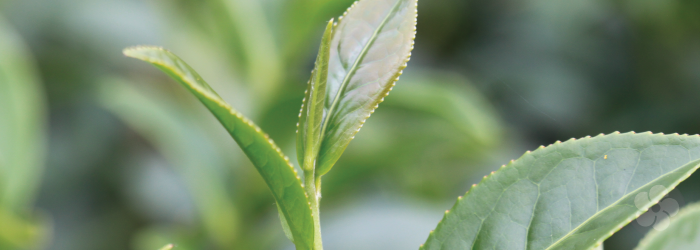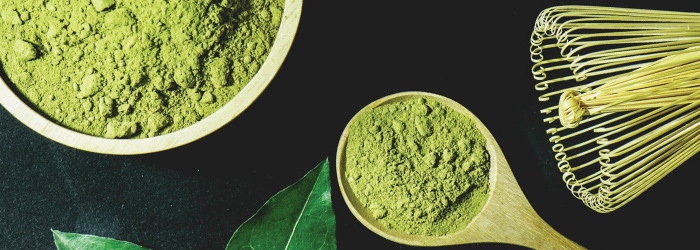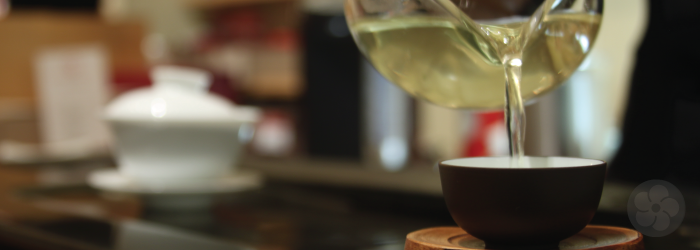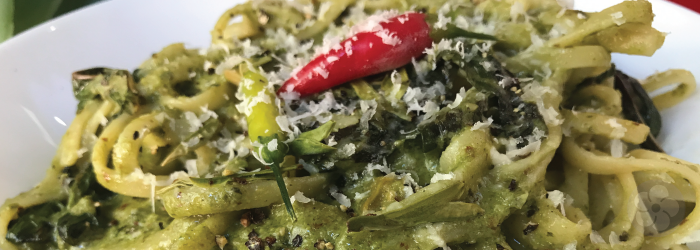5 Delicious Low-caffeine Teas
Many people look to tea's caffeine content to jump start their mornings, but others prefer to make tea a part of relaxing evenings. After all, is there anything more serene than curling up with a steaming mug of tea? Unfortunately, the same natural caffeine that makes tea energizing in the morning can also keep you up at night.
For some, the balancing effects of L-theanine are enough to make any tea relaxing, despite the caffeine. But for those who are sensitive to the stimulant, here are our top five teas with low (or no) caffeine - sure to be utterly relaxing in the evening.
Continue reading










